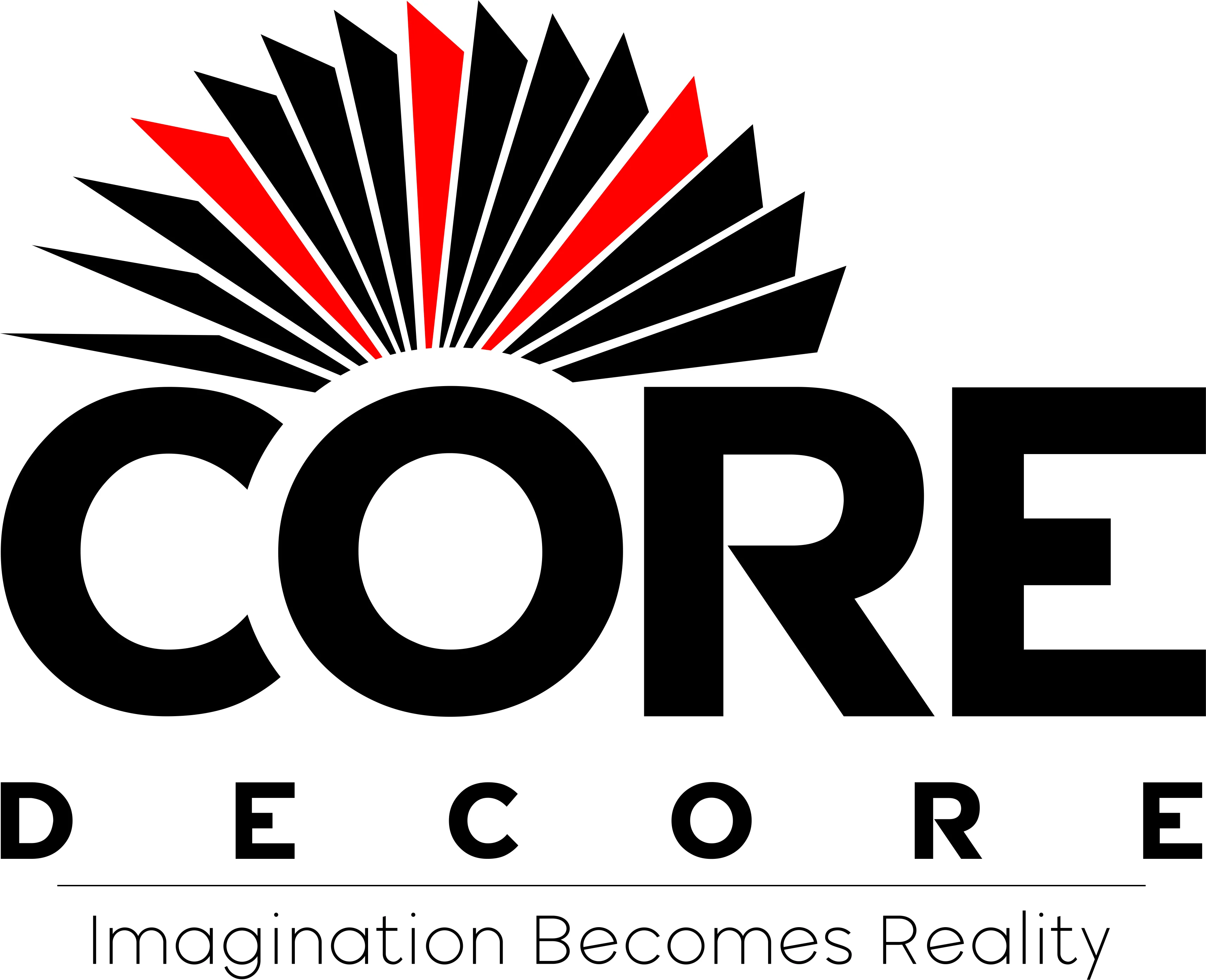Plywood Unveiled: Tracing the Roots of a Carpentry Wonder – The Origin Story Revealed
First of all, plywood is described as engineered wood which is manufactured by using natural wood like oak, pine…etc. Later it is arranged in a unique layered manner to achieve its durable and waterproof qualities. The plywood has ancient roots, suggesting its use in ancient Egypt around 3000 years back.
1. Ancient Origin of plywood
Evidence from antiquity reveals that the Ancient Egyptians were pioneers in the development of early laminated wood products. Archaeological findings have shed light on their adept use of veneer techniques in both furniture and decorative arts.
Remarkable skill with thin wood layers:
In the realm of veneer techniques, the Egyptians displayed remarkable skill in working with thin wood layers. These layers were meticulously sliced from logs and then intricately arranged on a substrate. By adhering these delicate layers onto a sturdier core material through a process of gluing, they achieved a remarkable synergy of enhanced strength and aesthetics.
The applications of these early laminated wood products were twofold, serving twofold:
- Functional
- Decorative
The Egyptians adorned various items, including furniture, sarcophagi, and a myriad of artifacts, with composite structures that showcased their mastery of this innovative woodworking technique.

Expert in comprehending the skill of layering:
The craftsmanship involved in veneer application allowed the Egyptians to achieve intricate designs, such as
- Inlays
- Geometric patterns.
As we shift our focus to a later period, an introduction to the Industrial Revolution marks a departure from ancient practices. Nevertheless, it is essential to recognize that the early recognition of the benefits of layering wood, as exemplified by the Ancient Egyptians, laid the groundwork for the subsequent development of plywood during the Industrial Revolution. While distinct from its modern counterpart, the techniques employed by the Egyptians set the stage for the evolution of wood layering that would play a pivotal role in shaping the future of woodworking and construction.
2. Usage of plywood throughout the 18th and 19th centuries:
Plywood emerged as a versatile and indispensable material across diverse industries during the industrialization era. In construction and housing, its strength and dimensional stability made it a preferred choice for building structures, including residential homes, commercial buildings, and industrial facilities. Plywood found application in sheathing, subflooring, and roofing.
The shipping industry benefited from plywood's durability and resilience, utilizing it in the construction of crates and packaging materials for the secure transportation of goods, withstanding varying environmental conditions.
In aerospace and military applications, especially during World War II, plywood played a pivotal role. Its lightweight yet strong properties made it ideal for aircraft construction, contributing to the manufacturing of wings, fuselages, and various components.
The furniture manufacturing sector embraced plywood for its ability to be molded into diverse shapes and its structural stability. Chairs, tables, cabinets, and other pieces were crafted using plywood.
The automotive industry employed plywood for constructing car interiors, panels, and floorboards, leveraging its versatility for customization and adaptation to different design requirements.
Marine plywood - Boiling Water Proof/ Water Proof Plywood:
Marine plywood , specially designed to resist water damage, became integral in boat and shipbuilding.
- Its water-resistant properties and strength made it suitable for constructing hulls, decks, and various marine components.
In industrial settings, plywood played a crucial role in the creation of packaging, pallets, and crates for the transportation of goods within factories and warehouses. Its structural integrity provided a reliable solution for material handling.
Additionally, plywood became a standard material for creating formwork in concrete construction. Its smooth surface and flexibility facilitated the molding of concrete into various shapes and structures, contributing to advancements in building techniques. Overall, plywood's adaptability and reliability made it a cornerstone in the development and progress of diverse industrial applications.
3. First patent for plywood:
In 1797, Samuel Bentham, an English naval engineer, and the brother of philosopher Jeremy Bentham, received the inaugural patent for a veneer manufacturing process. This method entailed bonding layers of veneer through a hot-pressing technique.
4. Role of plywood in the world war:
World War II marked a significant chapter in the military application of plywood. Its ideal combination of strength, versatility, and relatively lightweight properties made it indispensable for various wartime uses, including aircraft construction and military structures.
In the post-World War II era, the plywood industry experienced sustained growth in response to escalating demand for housing and construction materials. Plywood solidified its status as a standard material in both residential and commercial construction.
5. Advancement of plywood and innovation:
Through continuous technological and manufacturing progress, a variety of plywood types have emerged, such as marine plywood, structural plywood, and decorative plywood featuring diverse veneer finishes. In contemporary times, plywood has become a ubiquitous building material, finding applications across construction, furniture making, packaging, and crafts. Its enduring popularity is rooted in its exceptional versatility, strength, and cost-effectiveness.

Advancement of plywood:
The evolution of plywood reflects ongoing innovations in both production methods and material specialization.
- Marine plywood engineered for resistance to water damage, caters to the specific needs of boat and ship construction.
- Structural plywood is designed for optimal strength, making it a reliable choice for various construction projects where robustness is paramount.
- Decorative plywood, adorned with an array of veneer finishes, adds an aesthetic dimension to furniture and interior design.
Today, plywood stands as a cornerstone in woodworking and construction, offering a flexible and dependable solution for a broad spectrum of applications. Its enduring appeal lies in its ability to meet the diverse demands of modern industries, providing a reliable and cost-effective foundation for countless projects.







